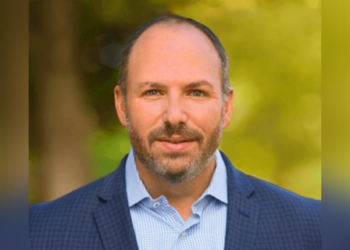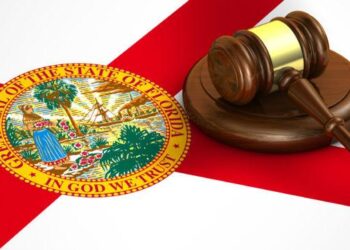While much of what the future holds for employee experience remains uncertain, what we do know is that workers are looking at their home office as a part (or all) of their work-life experience. This scattered workforce highlights a new area of workplace unpredictability: The rising risk of natural disasters and the impact they leave on homeowners. When employees are expected to be productive from home, how are they to manage the demands of the “office” when their property is severely damaged, disrupting their work and their lives?
According to the National Centers for Environmental Information, the contiguous U.S. states suffered 20 separate billion-dollar weather and climate disasters in 2021 – just two events shy of the record set in 2020. These disasters caused widespread destruction and damage leaving some communities in ruin and millions of consumers facing internet, power and other utility outages. And while these events can feel like the extreme, it’s indicative of the rising risk and costs of severe weather events. Since September 2010, counties housing 97% of the total U.S. population were affected by federally declared weather-related disasters. Over the last five years, weather-related disasters were declared in all 50 states.
Having workers functioning away from a central hub certainly has its benefits. For example, when talent is distributed in various areas, work won’t be impacted by the same disaster event at the same time. But this new work-from-home culture also means employers have less say in the types of risk mitigation efforts and preparedness employees will take on their own behalf. The investments companies make to maintain a secure, connected workplace are a moot point when a sizable portion of its workforce is operating from a personal dwelling they don’t control.
Recovering home and property following a natural disaster comes with a hefty price tag for employees. They can be struck by personal and financial devastation, prolonging or halting recovery and creating significant financial and emotional stress that can leave them unable to work. However, few homeowners are aware of the gaps and limitations of their current homeowner insurance policies or how long it might take for their claim to be approved and receive their benefit following a disaster. They may also be unaware that disaster deductibles can cost anywhere between 2 – 20% of a home’s value or of the underinsured exposure they may have when taking into account the rising cost of materials and the increased demand and cost for labor and supplies.
These costs are concerning when we start to explore the state of the family. Most American households are unprepared to weather an unexpected expenditure. It’s estimated that the average household savings in the U.S. is just $3,800, and 60% of Americans have no emergency fund. The Federal Reserve’s latest annual report on the economic well-being of U.S. households showed that more than a 25% of adults were either unable to pay their monthly bills or were one $400 financial setback away from being unable to pay them in full. These startling insights indicate that many American workers risk financial ruin in the wake of a natural disaster when out of pocket recovery costs are high.
Employers can support the financial well-being of their remote employees by providing resources and tools before and after severe weather events. This helps employees build resilience, recover quickly and regain personal and professional health and productivity. Doing so can mean designing new, unique measures to address post-event concerns, as well as providing preparedness resources for those working regularly out of the office.
Companies can have a role to play in incentivizing their employees to be proactive and take steps to create their own disaster resiliency plan. This is made possible through family preparedness and disaster education. They also can make disaster insurance offerings available as part of their employee benefit program to help victims of natural disaster access faster and more flexible funds to protect their financial wellness. These insurance solutions are limited and may not be something the general consumer is aware of or understands how to access, so employers play a pivotal role in sourcing and implementing these offerings for employees.
Alternatively, employers also can assist their employees after a severe weather event by providing solutions to help workers stay safe and remain plugged in. Subsidizing temporary housing, backup power solutions and cell phone plans with mobile hot spots are tools and resources employers can provide to aid worker mobility, connectivity and resiliency.
Employers cannot mitigate the risks Mother Nature can bring, but they can recognize the risks their remote workforce faces that impede workplace productivity. With this awareness and understanding of employee needs, employers can get ahead of these financial and productivity risks. By offering solutions that support an employee’s preparedness to protect their overall financial well-being, they help employees stay secure and connected when disaster strikes.
Darren Wood is the founder and president of Recoop Disaster Insurance, a first-of-its-kind, multi-peril disaster insurance product. Darren is an insurance industry veteran, with over 25 years of experience. He previously served as the division president for Holmes Murphy, a top 25 insurance broker, where he was responsible for the delivery of value-added solutions to insurance clients. He also held senior project management and operational leadership roles with Marsh Consumer (now Mercer), focusing on the delivery of employee benefit and affinity solutions to consumers through Fortune 1,000 clients. Darren received his degree in Accounting from Simpson College, earned his Project Management Professional (PMP) designation and is a veteran of the United States Army.









